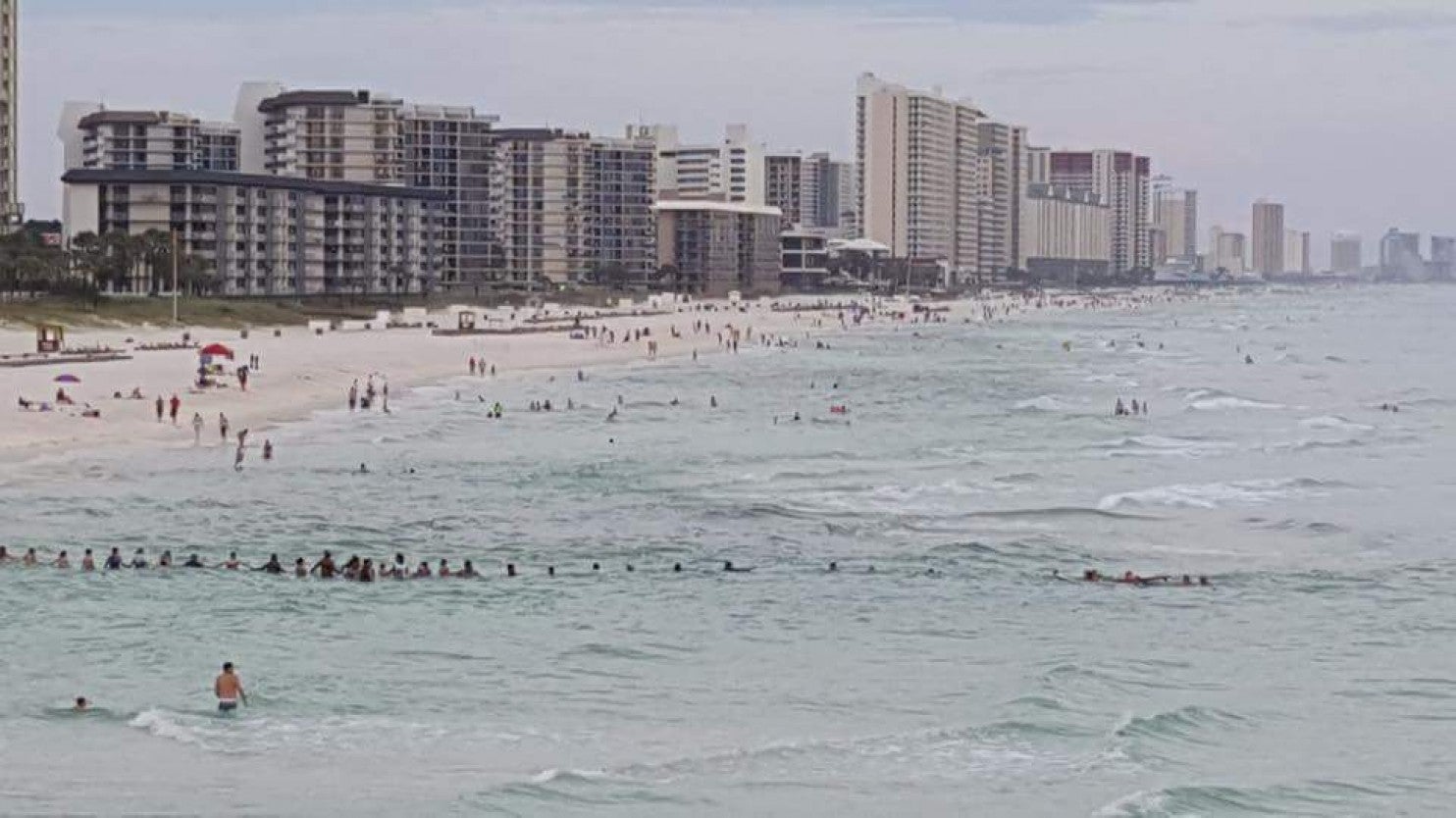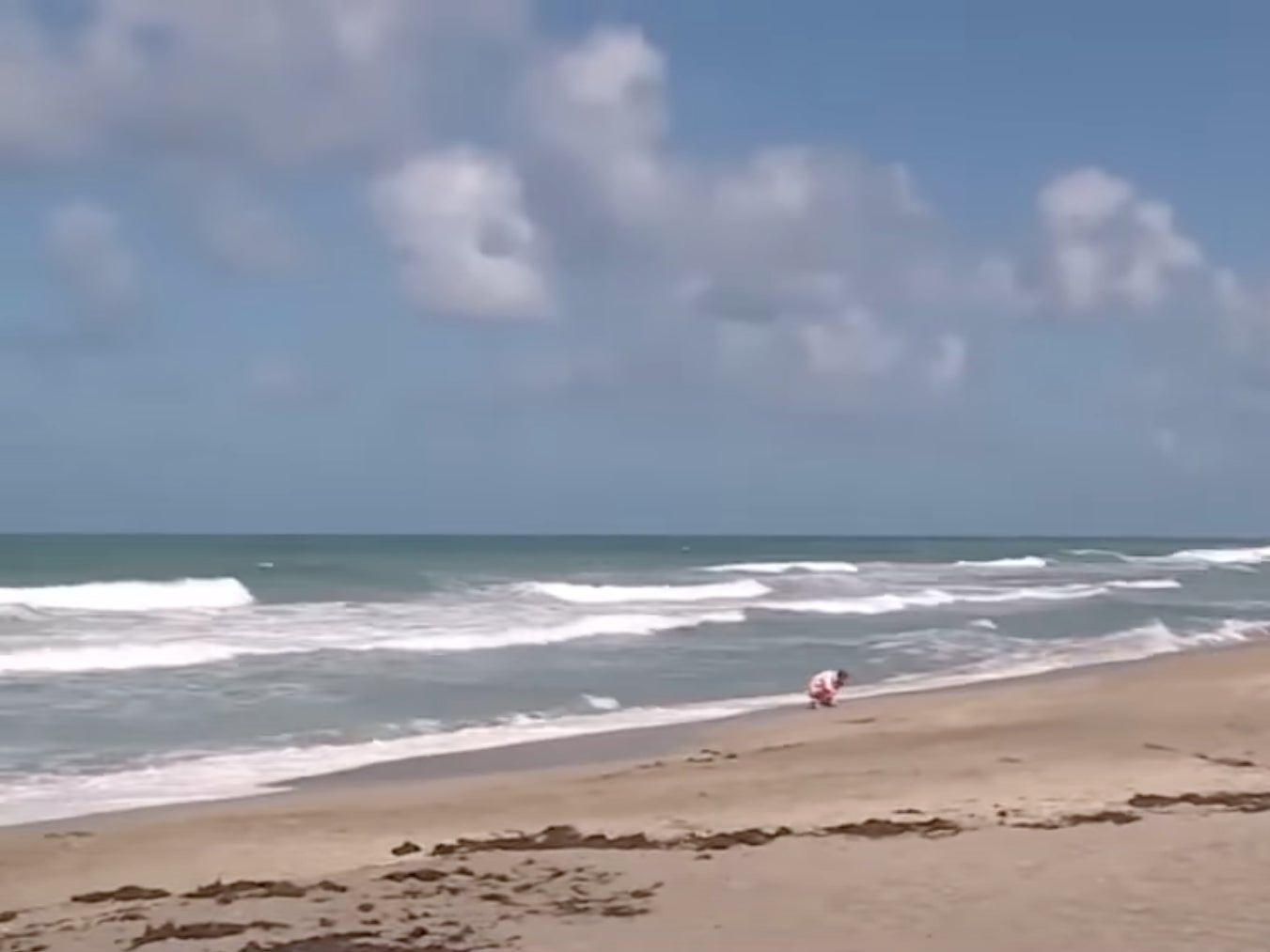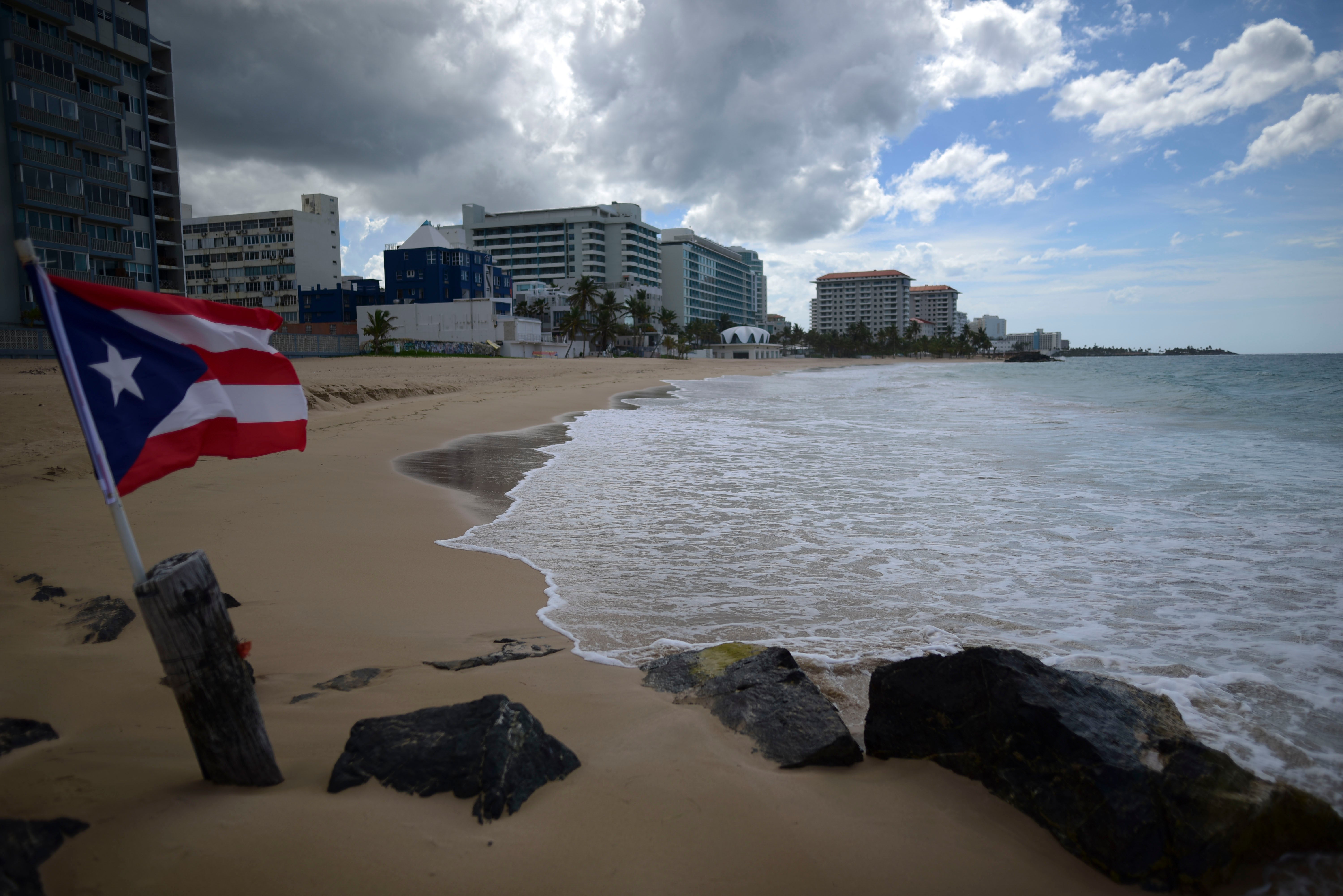Shark attacks, riptides, and hurricanes: These are the most dangerous beaches in the US

Summer is here and visitors are traveling in droves to enjoy coastal breezes and ocean swims —but beach trips aren’t always idyllic.
Already there has been beach horror stories with one small town experiencing five drowning deaths in just four days, a woman losing her arm to a shark attack in Florida, and two teenage boys in Brooklyn missing for a week after getting pulled under by a wave.
Analysts at Simmrin Law compiled a list of the most dangerous beaches in the US by studying hurricane landfalls, shark attacks, and surf related fatalities like rip currents, have. According to their findings, all of the top 10 most dangerous beaches in the US are in Florida.
Here’s a look at some of the most dangerous beaches in the US, including some outside of the Sunshine State. While none of the beaches are inherently dangerous, beachgoers should be aware of the risks anytime they set off for a weekend of sun and surf.

New Smyrna Beach, Florida
New Smyrna Beach, approximately 15 miles south of Daytona Beach, topped Simmrin Law’s list of most dangerous US beaches.
Because of its location on Florida’s eastern coast, New Smyrna Beach not only has a high chance of being affected by Atlantic hurricanes, but it is also the most likely beach where a swimmer might suffer a shark attack.
According to Simmrin’s data, there have been 185 shark attacks at the beach, a fact that is not lost on the locals; visitors can purchase “shark bite capital of the world” shirts at beachside stores to commemorate their visit.
Despite the high number of incidents, shark attacks are still an exceedingly rare occurrence.

Panama City Beach, Florida
Panama City Beach, a town in northwest Florida on the Gulf, has experienced a staggering recent spate of recent drownings.
Strong rip currents killed four people last weekend, including three visitors from Alabama on June 21. Just two days later, a 60-year-old woman from Missouri was found dead in the water.
Panama City Beach came in second on Simmrin’s list. The beach closed to the public on June 23, 2024 due to life-threatening rip currents, AL.com reports.
Rip currents are strong underwater currents that can pull swimmers out into the ocean. They pose an extreme drowning danger because swimmers trying to swim against the current often cannot overpower its pull, leaving them exhausted and stranded far from shore.
In addition to its rip current threat, in 2023 17 people were killed at Panama City Beach by lightning strikes, according to the Daytona Beach News Journal.

Stuart Beach, Florida
Stuart Beach, located on Hamilton Island, approximately 45 miles north of West Palm Beach, does not appear on Simmrin’s list of dangerous beaches, and does not often appear on any list of especially dangerous beaches.
But it did become the scene of a tragedy in June when a four members of Pennsylvania family were yanked out into the ocean by a dangerous rip current.
Two children and their parents, Brian Warter, 51, and Erica Wishard, 48, were dragged into the ocean by the current. While the children managed to break the current and swim to safety, their parents could not, and they ultimately drowned.
Bystanders told NBC News that some of the couple’s children were yelling from shore, correctly advising their parents not to swim against the direction of the current but rather parallel to the beach, until they could escape the riptide.

Puerto Rico beaches
While Panama City Beach is still the deadliest individual beach this year for riptide deaths, Puerto Rico has the unfortunate distinction of having the most surf-related deaths in the US this year.
The National Weather Service has thus far logged eight deaths related to rip currents at Puerto Rico beaches this year.
Two of the deaths occurred at La Concha Beach, while the other six occurred at Playa Montones, Escondida Beach, La Pared, Montones Beach, and Shacks Beach.
In March, 26-year-old US Marine Samuel Wanjiru was swept out to sea by strong currents while swimming in Puerto Rico. Search crews looked for him for weeks, but ultimately suspended their efforts in April, according to the US Coast Guard.

Carolina Beach, North Carolina
While not deadly, recent ocean and lunar activity has kicked riptides at beaches in North Carolina into high gear.
More than 160 swimmers had to be rescued from rip currents at North Carolina beaches over the June 21-23 weekend at beaches in North Carolina, USA Today reports.
Rescuers had to pull 95 swimmers out of the rip currents at Carolina Beach alone.
Thankfully it seems that the extreme rip current conditions were temporary. The National Weather Service explained that the rip tide conditions were caused by an east-southeast swell and the full moon over the weekend.
Even still, the NWS warns that the risk of rip currents is still moderate at beaches along the North Carolina coast heading into the last weekend of June.







